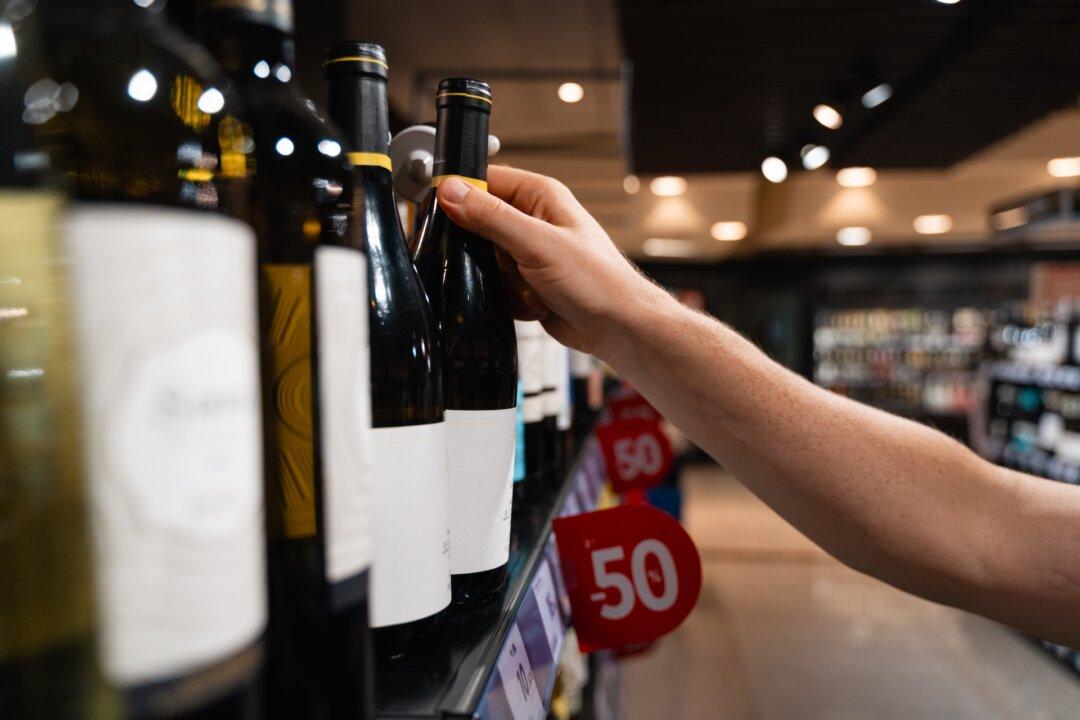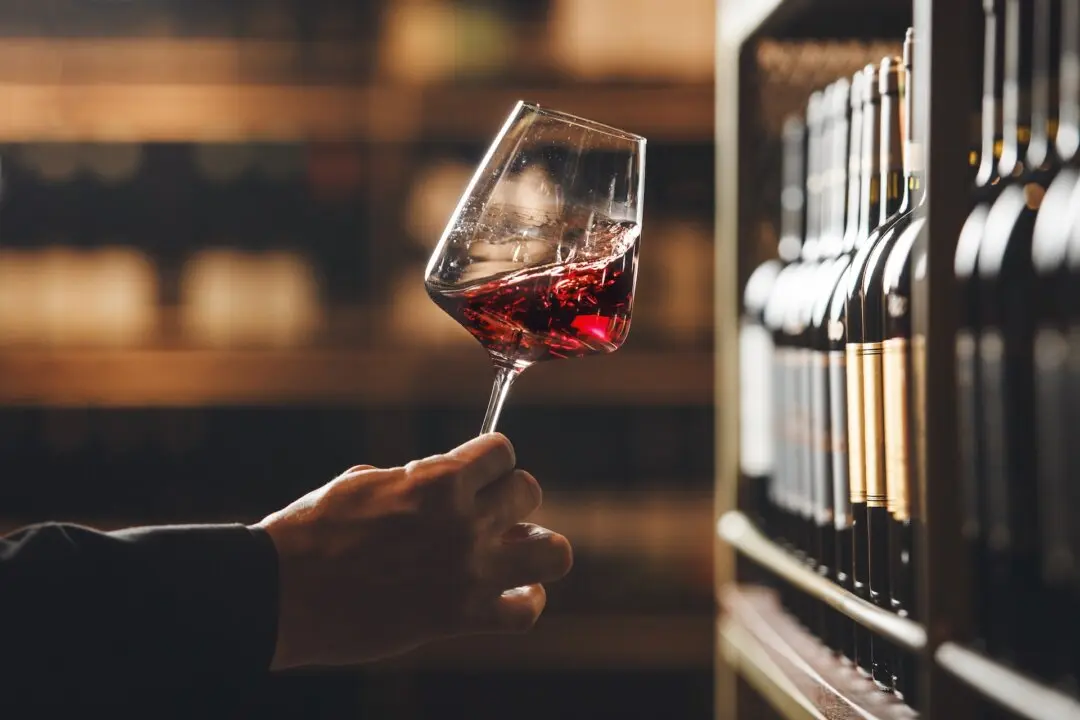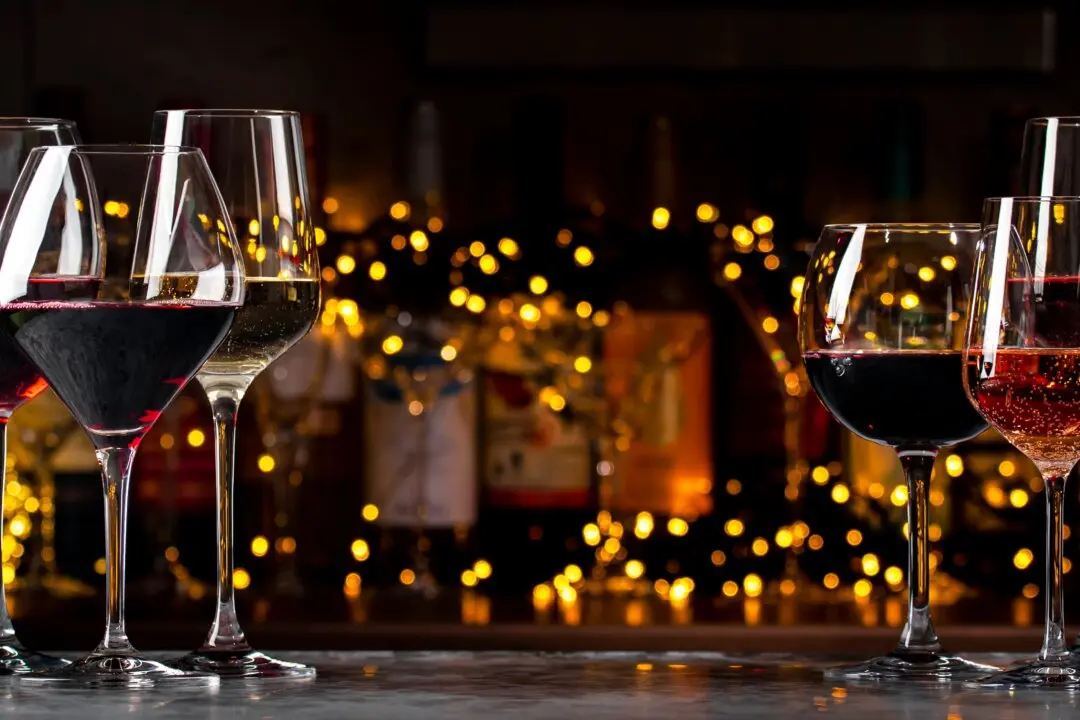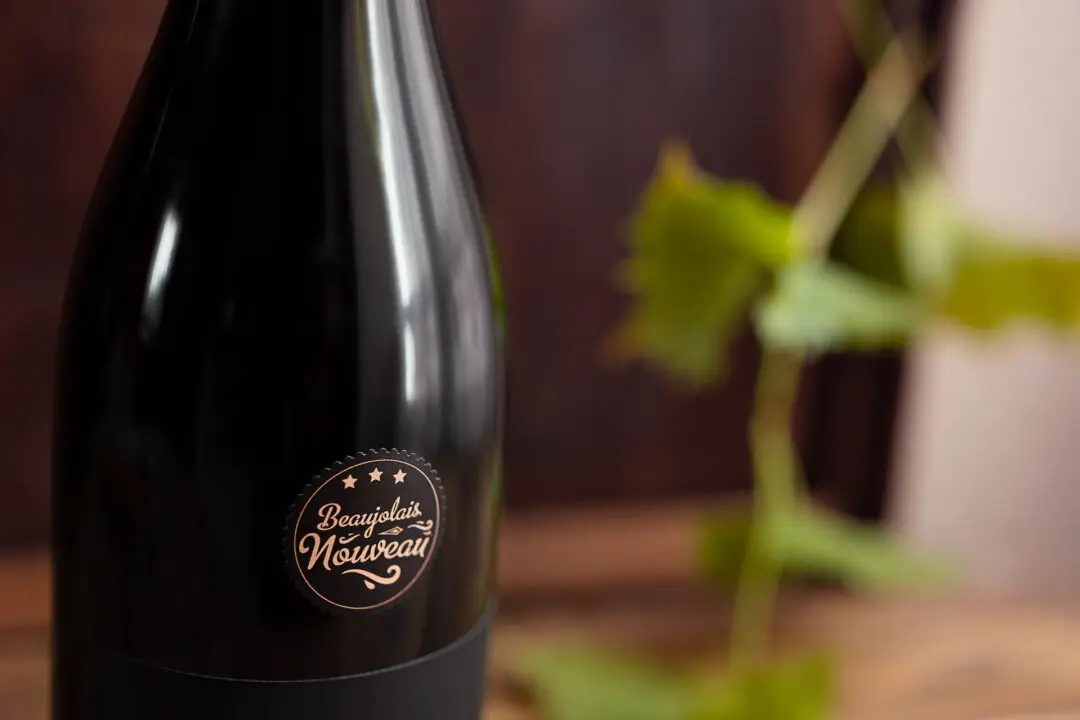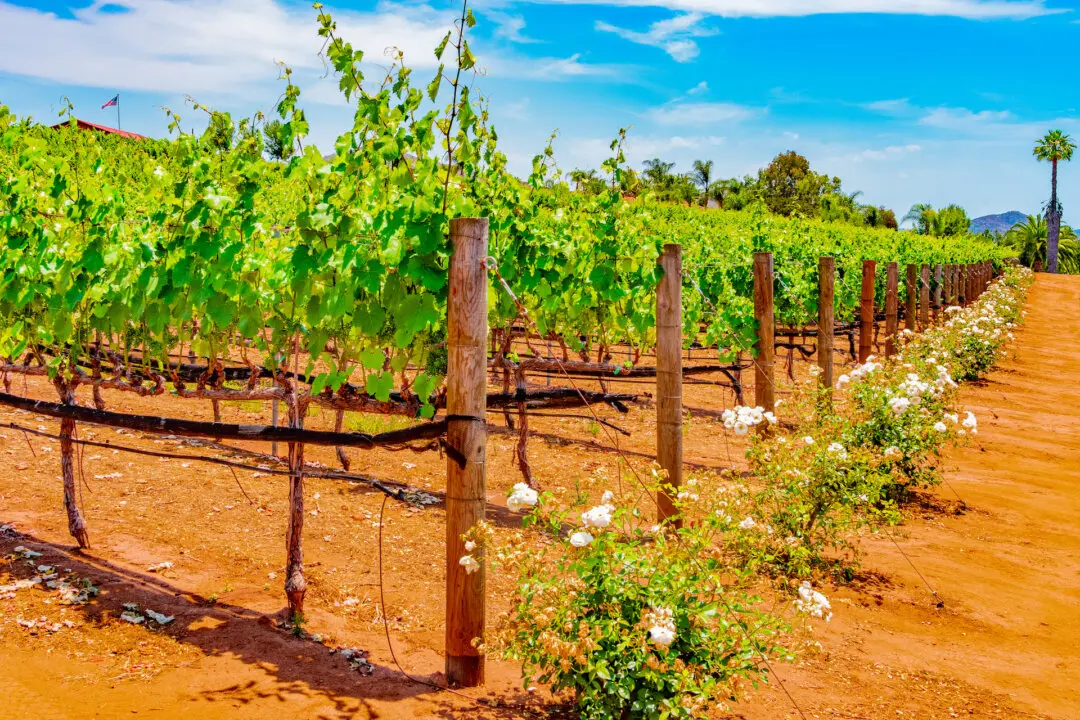Wine sales throughout the United States are slower than maple syrup at a January campsite breakfast, mainly because consumers are extremely tired of drinking high-alcohol wines.
Moreover, alternative beverages that are much lower in alcohol, or even have zero alcohol (such as “mocktails”), have invaded the beverage scene and are taking up permanent residence.

